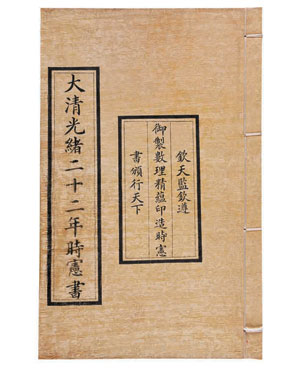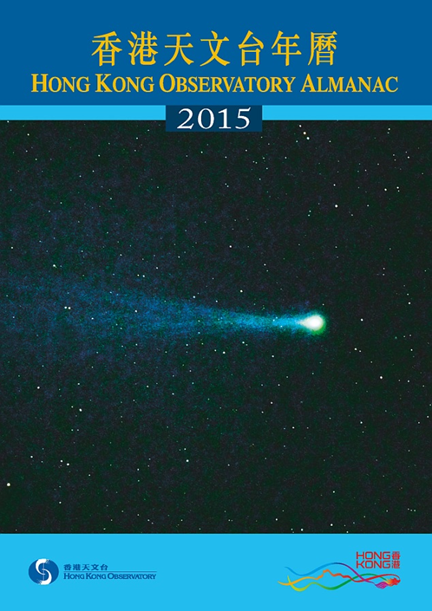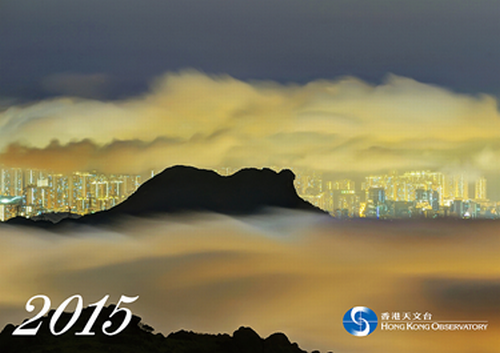A Brief History about the Authoritative Organizations for Compiling Calendar in China
A Brief History about the Authoritative Organizations for Compiling Calendar in China
WONG Wai-kwong
October 2015
Compiling the official calendar has a long history in China. Though the names were different, the functions of the authoritative organizations for compiling the calendar were more or less the same in different dynasties: "Taishiling" in the Qin and Han Dynasties, "Taishijian" in the Sui Dynasty, "Taishiju / Sitiantai" in the Tang Dynasty, "Sitianjian" in the Song Dynasty, "Taishiyuan" in the Yuan Dynasty, and the most commonly known "Qintianjian"[1] in the Ming and Qing Dynasties. Johann Adam Schall von Bell, a German Jesuit, was one of the most famous officers in charge of the Qintianjian in the Qing Dynasty. He conducted a major reform of the calendar used in the Qing Dynasty that provided a solid foundation (Figure 1) for the compilation of the Agricultural Calendar thereafter.

Figure 1 The Official Calendar in the 22nd year of Guangxu Emperor of the Qing Dynasty (Source: Sina website)
The Agricultural Calendar, which has been in use for a long time in China, is a combination of two calendar systems, viz. the solar calendar system based on the positions of the Sun through the seasons and the lunar calendar system following the moon’s orbit around the Earth. Hence, the Agricultural Calendar contains the 24 solar-terms and solar year of the solar calendar system as well as the four major moon phases, namely "new moon", "first quarter", "full moon" and "last quarter", of the lunar calendar system. In the history of China, the afore-mentioned authorities had the responsibility of fixing all these major time marks in the annual compilation of the Agricultural Calendar.
Nowadays, "Observatory" is the term commonly used for official organizations responsible for the compilation of calendars in many places, e.g. the Purple Mountain Observatory in Nanjing, China and, of course, the Hong Kong Observatory in the Hong Kong Special Administrative Region. The Hong Kong Observatory compiles and publishes annually the "Hong Kong Observatory Almanac" (Figure 2) and the "Hong Kong Observatory Calendar" (Figure 3), providing useful information relating to astronomical events, tides and climatology for general references by members of the public.

Figure 2 Hong Kong Observatory Almanac

Figure 3 Hong Kong Observatory Calendar
Reference:
[1] Qintianjian (欽天監; in Chinese) Wikipedia
[1] Qintianjian (欽天監; in Chinese) Wikipedia